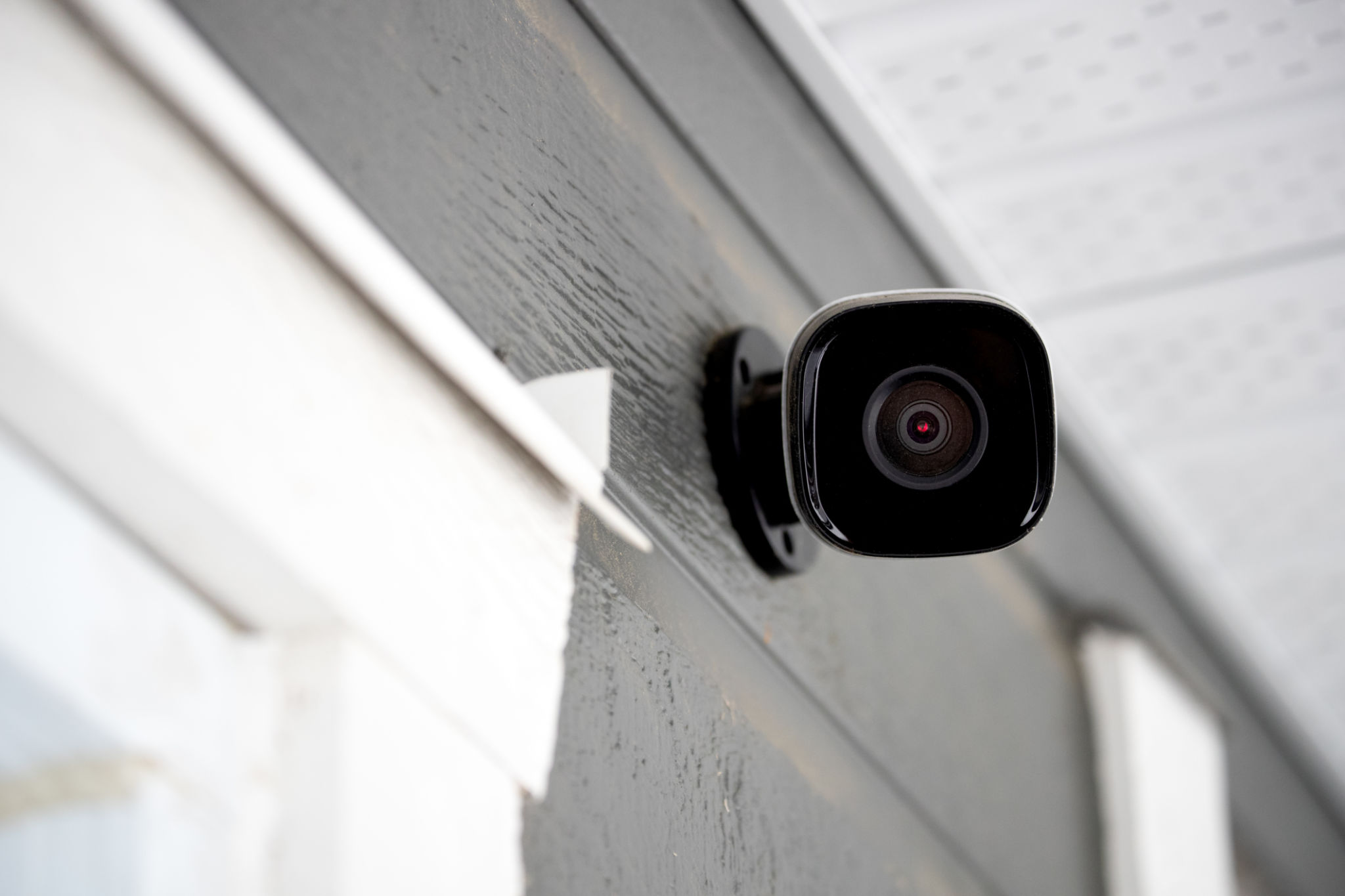DIY Home Security Tips: Installing Affordable Security Alarm Systems
IS
Understanding Your Home Security Needs
In recent years, the demand for affordable home security solutions has skyrocketed. One of the most popular options among homeowners is the DIY installation of security alarm systems. These systems offer a practical way to enhance home safety without breaking the bank. Understanding your security needs is the first step in choosing the right system for your home.
Consider factors like the size of your home, potential entry points for intruders, and the level of monitoring you desire. By assessing these elements, you can make an informed decision that balances cost and effectiveness.

Choosing the Right Security System
When selecting a security alarm system, it's essential to focus on key features that align with your specific needs. Some systems come with basic features like door and window sensors, while others offer advanced options such as motion detectors, security cameras, and smart technology integration.
Look for systems that provide customizable options and easy expandability. This allows you to start with a basic setup and add more components as needed. Ensure that the system you choose is compatible with any existing smart home devices to enhance convenience and control.
Comparing Different Brands
There are numerous brands available in the market, each offering unique features and price points. Some of the top-rated brands include SimpliSafe, Ring, and Wyze. Compare their product offerings by looking into customer reviews, pricing, and ease of installation.

Installing Your DIY Security System
Once you've selected the perfect system, it's time to install it. Most DIY security systems are designed for straightforward installation, often requiring no professional help. Begin by carefully reading through the installation manual provided by the manufacturer.
Commonly, you'll need to place sensors on doors and windows, set up motion detectors in strategic locations, and install security cameras at key entry points. Make sure to test each component to ensure they are functioning properly before finalizing the setup.
Testing and Maintenance
After installation, regularly test your system to ensure it's working optimally. This can be done by triggering each sensor and verifying that alerts are received on your chosen device. Routine maintenance is also crucial; replace batteries as needed and keep all components clean and free from obstructions.

Enhancing Your Security Measures
A DIY security alarm system is a significant step towards protecting your home, but it shouldn't be your only line of defense. Consider combining it with other security measures such as reinforced door locks, outdoor lighting, and neighborhood watch programs.
Additionally, integrating your alarm system with smart home technology can provide added convenience and control. Smart technology allows you to monitor your home remotely, receive instant alerts, and even control your security system using voice commands or smartphone apps.
Staying Informed on Security Trends
The world of home security is constantly evolving with new technologies and strategies emerging regularly. Stay informed by subscribing to security blogs, joining online forums, or participating in community workshops. Keeping up-to-date will help you make informed decisions about upgrades or changes to your home security setup.
By taking proactive steps and leveraging affordable DIY solutions, you can ensure your home remains a safe haven for you and your loved ones.
